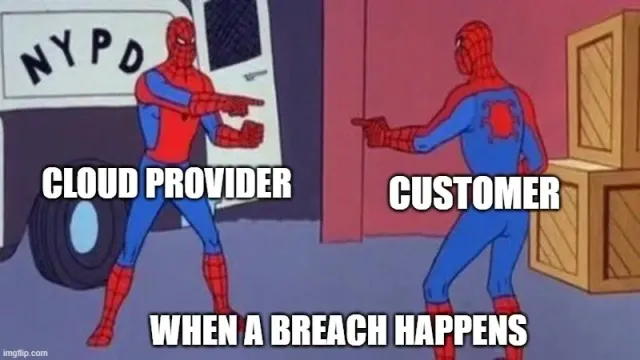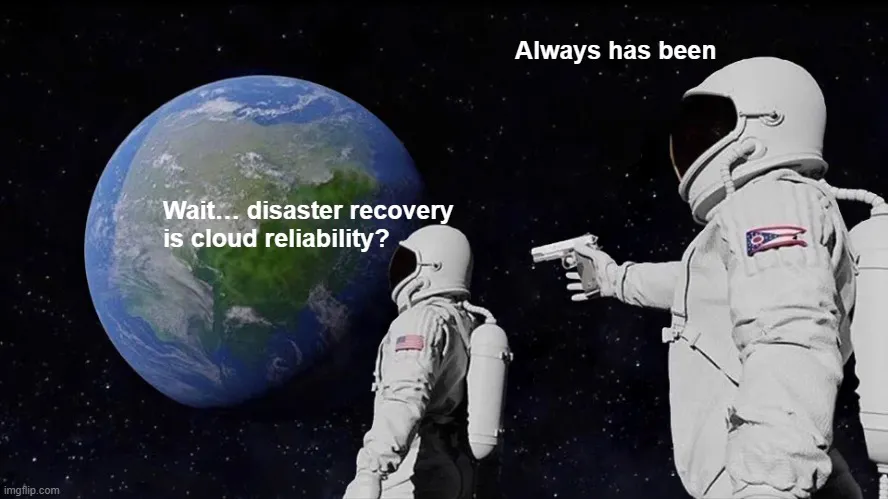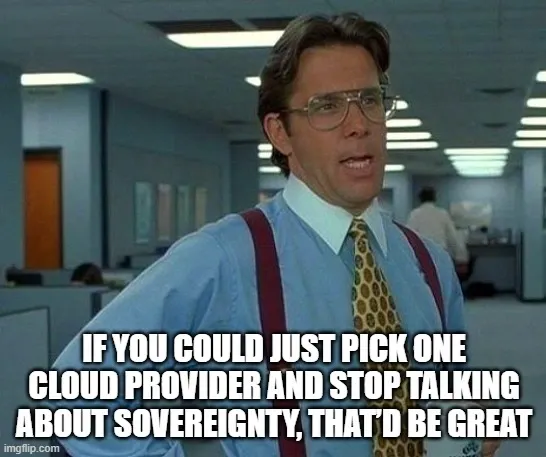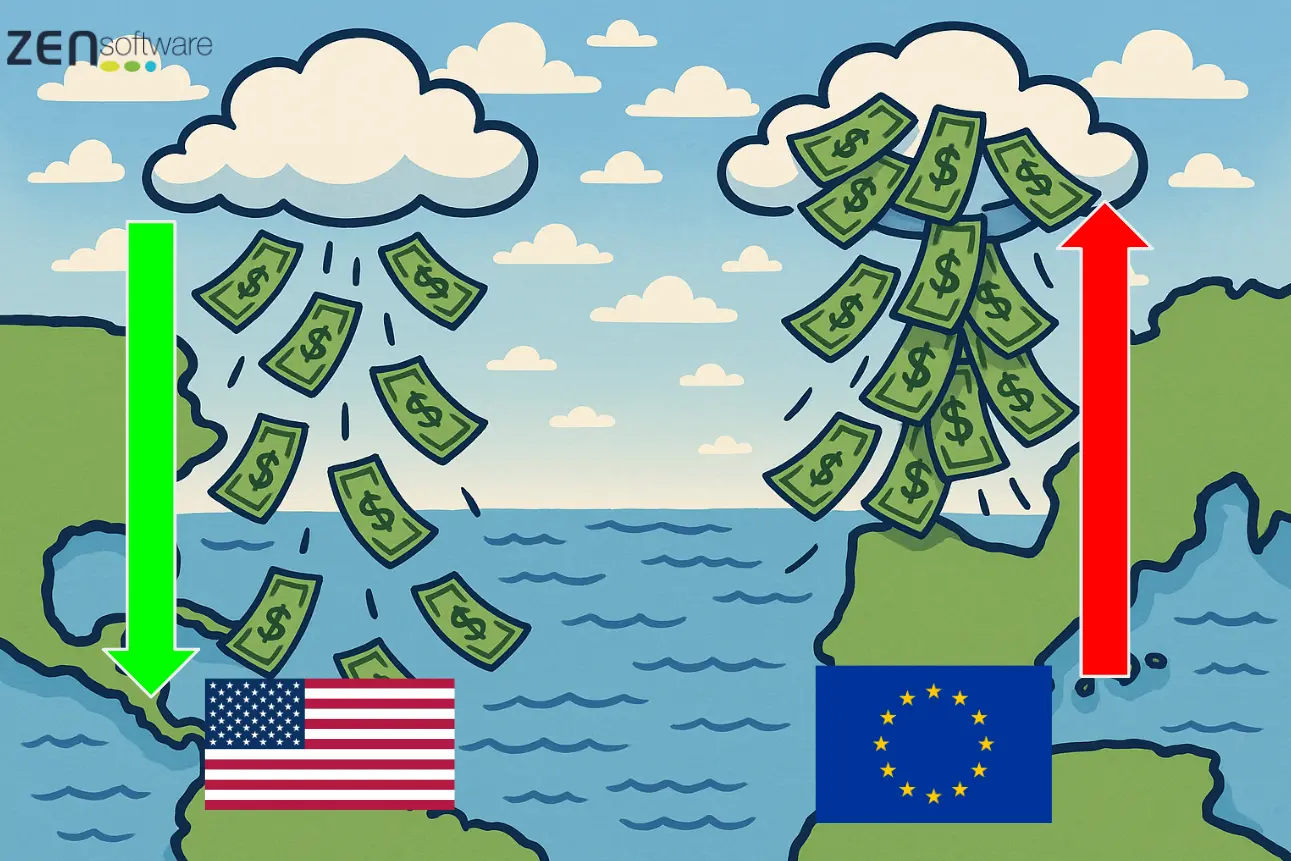Shared Responsibility, Shared Confusion: Who Owns Security in the Cloud?

When companies move to the cloud, they often assume that the provider — whether AWS, Azure, or Google Cloud — takes care of all the security. After all, it’s their data centre, their servers, and their infrastructure.
But the reality is more nuanced. Cloud security operates on a shared responsibility model — meaning that while cloud providers secure the underlying infrastructure, you (the customer) are still responsible for securing what you put in it.
Unfortunately, that’s where confusion begins — and sometimes, where breaches happen.
Understanding the Shared Responsibility Model
Every major cloud provider outlines a version of the shared responsibility model, but the core idea remains the same:
The provider is responsible for the cloud, and you are responsible in the cloud.
Cloud provider responsibilities include the physical data centres, networking, hardware, and the foundational services that make up the platform.
Customer responsibilities cover configurations, data management, access control, and application-level security.
In simpler terms: AWS secures the servers — but it’s your job to secure how your workloads and users interact with them.
The Blurry Line Between "Infrastructure" and "Usage"
One reason confusion persists is that the boundary between infrastructure and usage keeps shifting.
For example, in Infrastructure as a Service (IaaS), the provider manages the hardware, but you manage the OS, runtime, and everything above it.
In Platform as a Service (PaaS), you lose control over the OS, but you still manage app security and access.
In Software as a Service (SaaS), you only manage user data and access policies — but even that’s often mishandled.
This spectrum creates a grey zone: many organisations assume security “comes with the platform,” only to discover it doesn’t — at least not completely.
Where Most Teams Slip Up
Even mature teams can underestimate their share of the responsibility. Common pitfalls include:
-
Overreliance on default settings. Cloud providers offer secure defaults — but defaults rarely fit every use case. Misconfigured storage buckets or permissive IAM roles are the root of countless breaches.
-
Neglecting identity and access management (IAM). The biggest risk in the cloud isn’t the infrastructure — it’s who can access what. Failing to follow least privilege principles or rotating access keys can quickly turn into a security incident.
-
Unencrypted or poorly encrypted data. Encryption “available” doesn’t mean encryption “enabled.” It’s up to the customer to turn it on, manage keys, and ensure consistent policies.
-
Lack of visibility. Many companies deploy across multiple regions or even multiple clouds without centralised logging or monitoring. When something goes wrong, finding out where it went wrong can take days.
Real-World Example: The S3 Misconfiguration Epidemic
For years, AWS S3 bucket leaks made headlines — exposing everything from medical records to government data.
The irony? S3 was never insecure. The problem was how customers used it. Buckets were left public by accident, or credentials were exposed in code repositories.
AWS provided encryption, access controls, and audit trails — but the responsibility to use them correctly rested squarely on the customer.
Bridging the Gap: Building a Shared Security Culture
Security in the cloud isn’t just about technology — it’s about alignment. To make the shared responsibility model work, both sides need to operate transparently and collaboratively.
Here’s how:
-
Define your security boundaries early. Map out who manages what — from patching and backups to IAM and key rotation. Make this part of your architecture documentation.
-
Use provider-native tools wisely. AWS Security Hub, Azure Defender, and GCP Security Command Center exist for a reason. Integrate them early, and automate where possible.
-
Automate compliance and audits. Tools like Terraform, CloudFormation, or Pulumi can help you enforce security policies as code — ensuring your configurations stay consistent across environments.
-
Train your teams continuously. The cloud evolves faster than most internal training. Make sure your engineers understand both the provider’s model and your own policies.
Security Is a Partnership
The phrase shared responsibility is often interpreted as divided responsibility. It’s not. It’s about collaboration.
Cloud providers build secure foundations — encryption, redundancy, access control — but your team builds everything on top of that.
Neglecting your side doesn’t just put your app at risk; it puts the entire chain of trust at risk.
As cloud adoption deepens, the organisations that succeed won’t just consume services — they’ll understand the contract of responsibility that comes with them.
The Cloud Is Secure — If You Are
The cloud itself isn’t inherently insecure. What’s insecure is misunderstanding how it works.
The companies that thrive in the cloud era are the ones that embrace shared responsibility not as a burden, but as an opportunity — to design better, audit smarter, and collaborate more effectively with their cloud partners.
Because in the end, shared responsibility only works when both sides actually share it.

Go Cloud Native, Go Big
Revolutionise your organisation by becoming a born-again cloud enterprise. Embrace the cloud and lead the future!
Read more:

How to Boost Your Google Cloud Skills: A Practical Growth Guide for Modern Engineers
The cloud is no longer just infrastructure — it’s a core capability for modern engineering teams. Whether you’re a softw...

Lessons from the Cloudflare Outage: Building Resilient Cloud Architectures
On November 18 2025, Cloudflare, a major content-delivery and internet-infrastructure provider handling roughly 1 in 5 w...

Shared Responsibility, Shared Confusion: Who Owns Security in the Cloud?
When companies move to the cloud, they often assume that the provider — whether AWS, Azure, or Google Cloud — takes care...

Disaster Recovery in the Age of Remote Work
The way we work has changed dramatically. Remote and hybrid models have shifted software development and IT operations f...

OnlyCloud: Euro Cloud vs US Cloud
For over a decade, the global cloud market has been dominated by US hyperscalers — AWS, Microsoft Azure, and Google Clou...

OnlyCloud: Europe Pays, America Profits — Time for a Fairer Cloud Balance?
When Donald Trump recently claimed: “Europe doesn’t buy anything American, not even cars,” he skipped an important truth...
